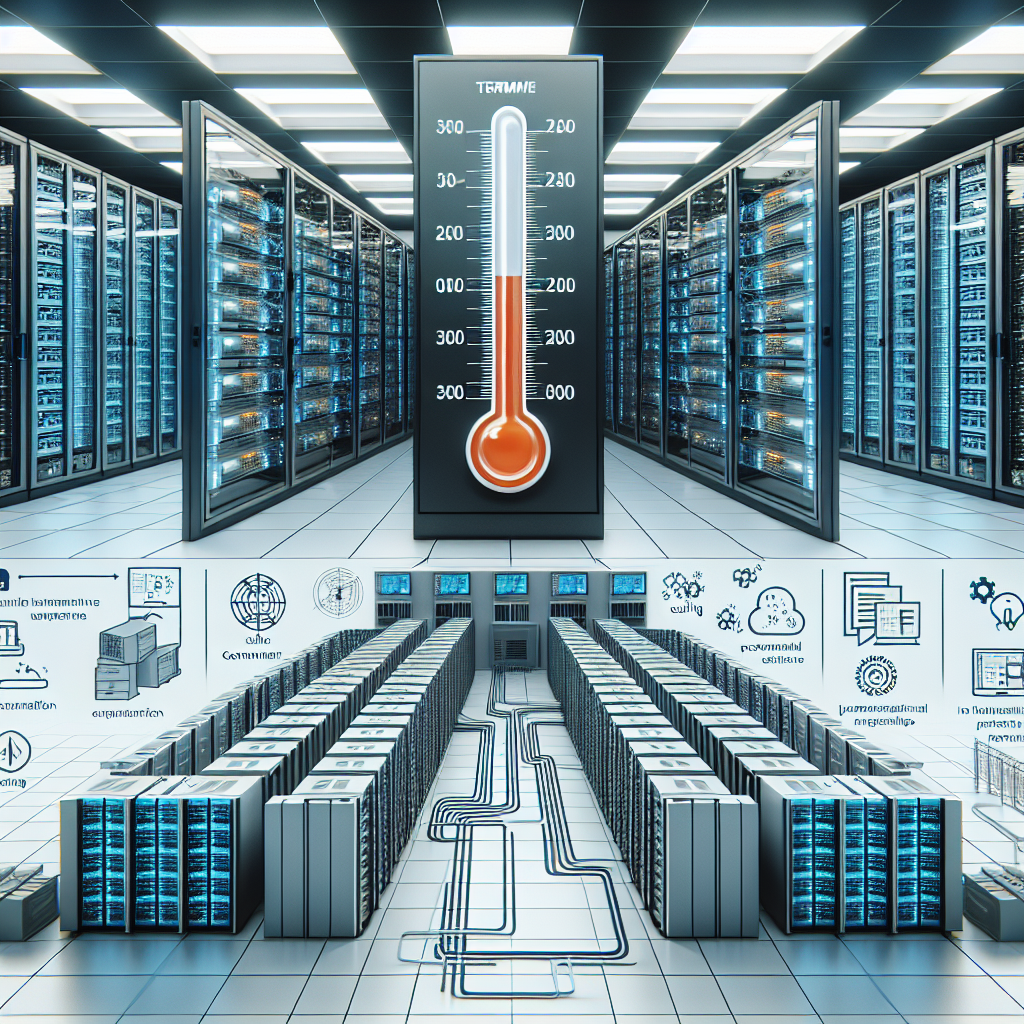Data centers are essential for storing and processing large amounts of data, making them crucial for businesses and organizations. However, the equipment in data centers generates a significant amount of heat, which can lead to equipment failure if not properly managed. This is where temperature control, specifically HVAC (Heating, Ventilation, and Air Conditioning) systems, plays a vital role.
Maintaining the right temperature in a data center is crucial for ensuring the optimal performance and longevity of the equipment housed within it. Here are some best practices for temperature control in data centers:
1. Monitor and maintain temperature levels: It is essential to constantly monitor the temperature levels in a data center to ensure they remain within the recommended range. The ideal temperature for a data center is typically between 68-77 degrees Fahrenheit. This range helps to prevent equipment overheating and ensures optimal performance.
2. Implement a redundant HVAC system: Data centers should have a redundant HVAC system in place to ensure continuous cooling even in the event of a system failure. This redundancy helps to prevent downtime and potential damage to equipment due to overheating.
3. Use hot and cold aisle containment: Hot and cold aisle containment is a technique used to separate the hot and cold air streams in a data center. This helps to improve airflow and temperature control, as well as reduce energy consumption. By containing the hot and cold air streams separately, data centers can more effectively manage temperature levels and prevent hot spots.
4. Utilize airflow management: Proper airflow management is essential for maintaining the right temperature in a data center. This includes ensuring that air vents are unobstructed, using blanking panels to prevent air leakage, and implementing raised floors to facilitate airflow. By optimizing airflow within the data center, HVAC systems can operate more efficiently and effectively maintain temperature levels.
5. Regular maintenance and servicing: Regular maintenance and servicing of HVAC systems are essential for ensuring their optimal performance. This includes cleaning filters, checking for leaks, and calibrating temperature sensors. By keeping HVAC systems well-maintained, data centers can prevent potential issues that could lead to temperature fluctuations and equipment failure.
In conclusion, temperature control is a critical aspect of managing a data center effectively. By implementing best practices for HVAC systems, such as monitoring temperature levels, using redundant systems, and optimizing airflow, data centers can ensure the optimal performance and longevity of their equipment. Regular maintenance and servicing are also essential for preventing issues that could lead to temperature fluctuations and downtime. By following these best practices, data center operators can ensure the reliability and efficiency of their facilities.


Leave a Reply